The herd in the middle of the field when it began to dusk / El rebaño en medio del campo cuando empezaba a atardecer


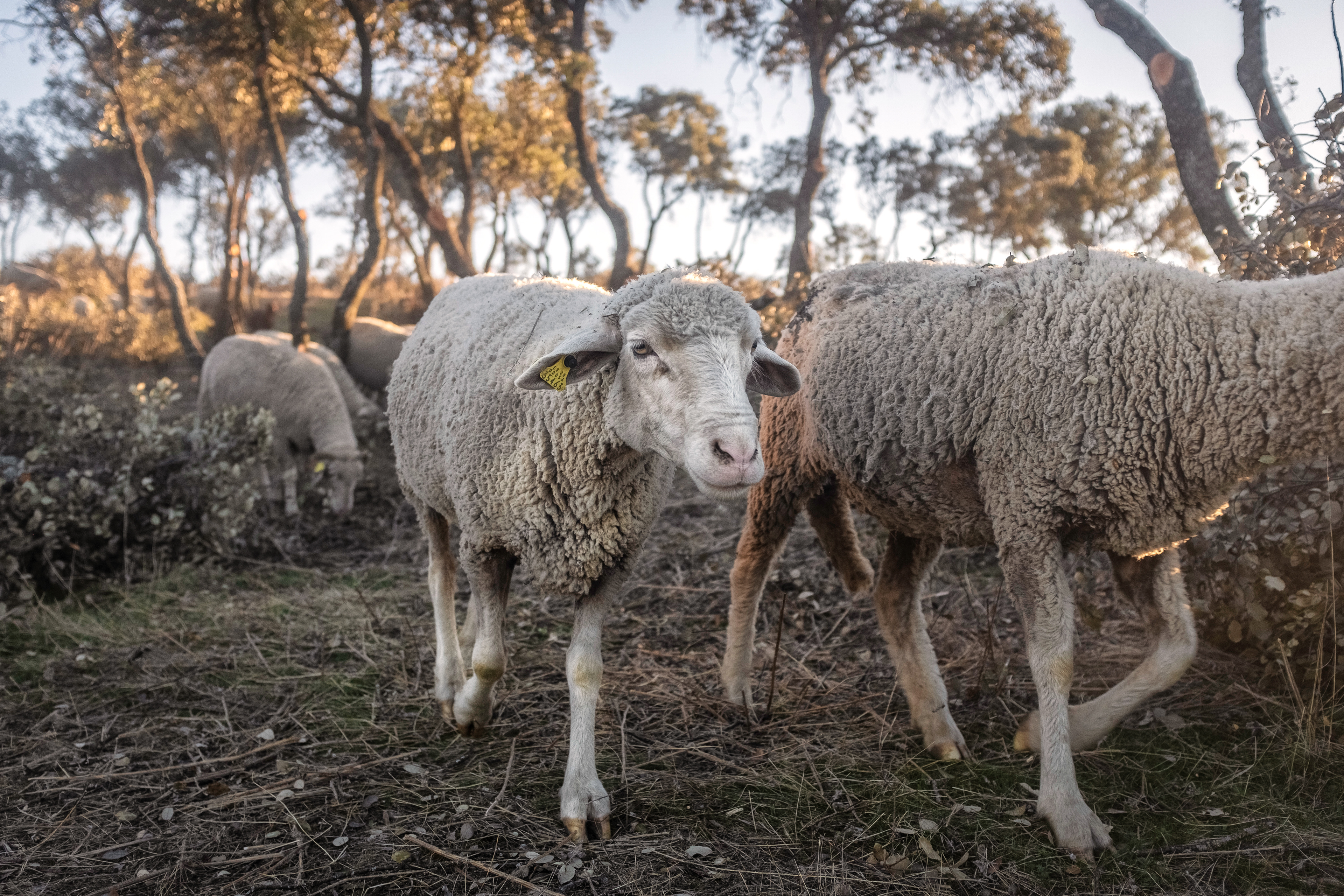
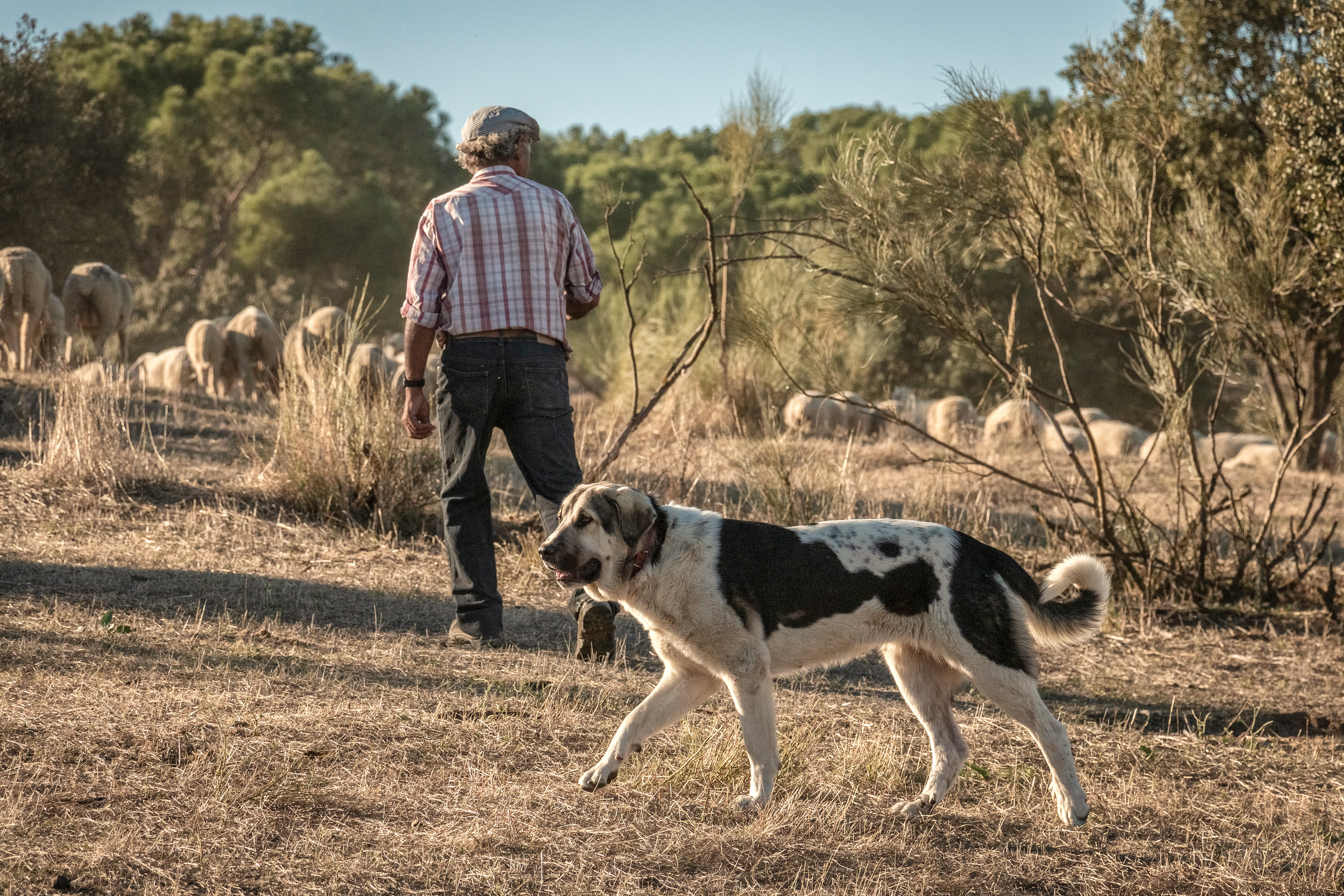

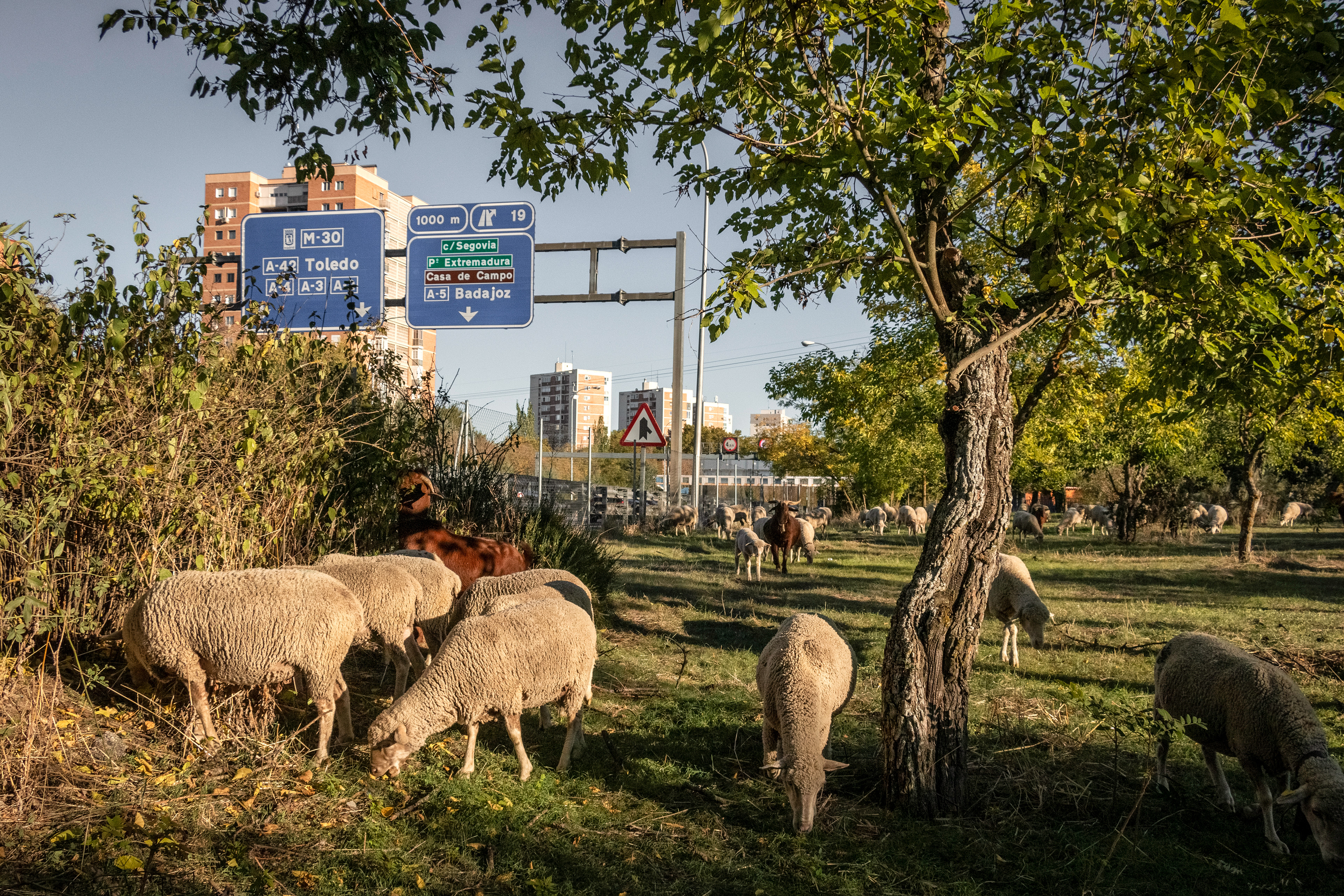
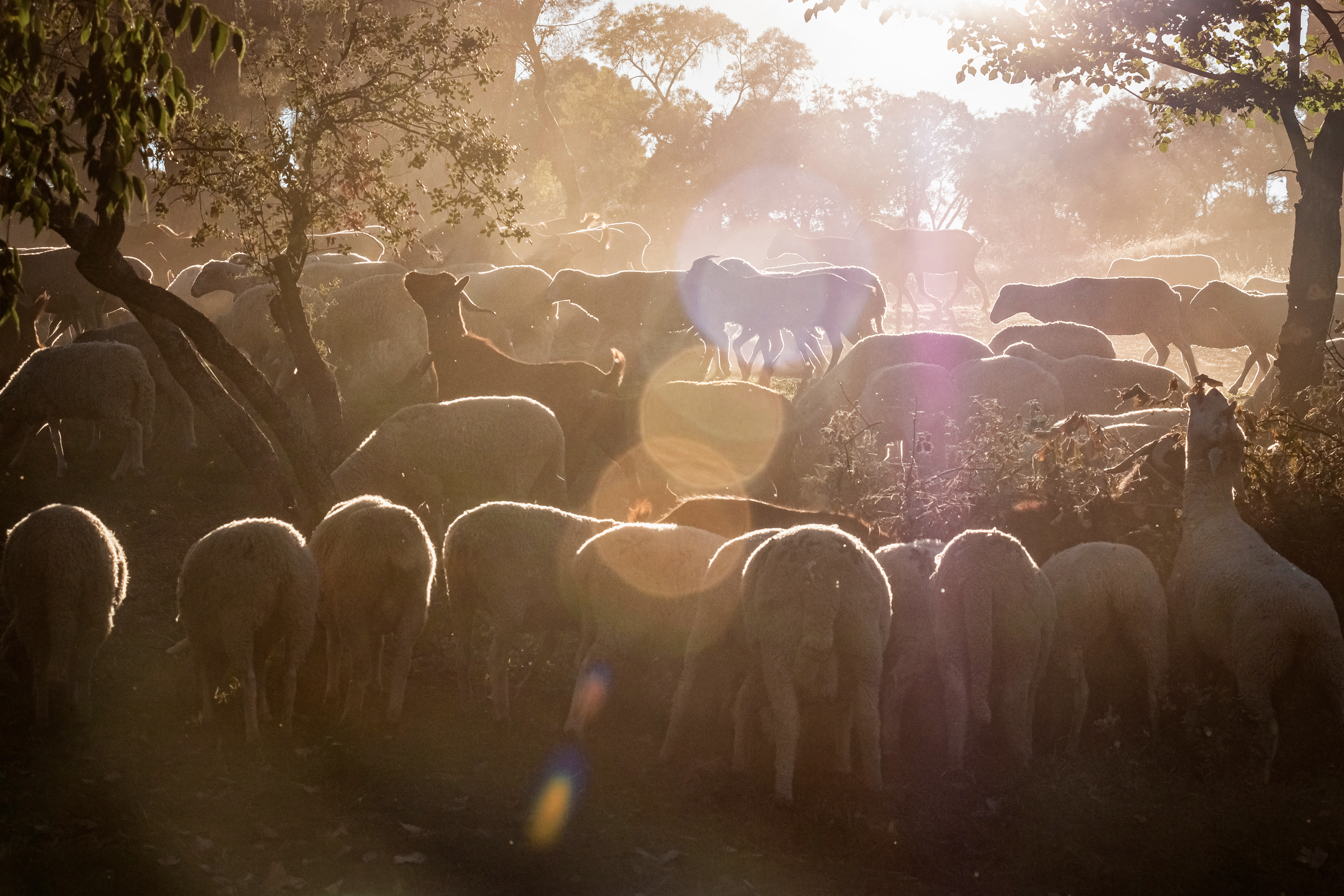

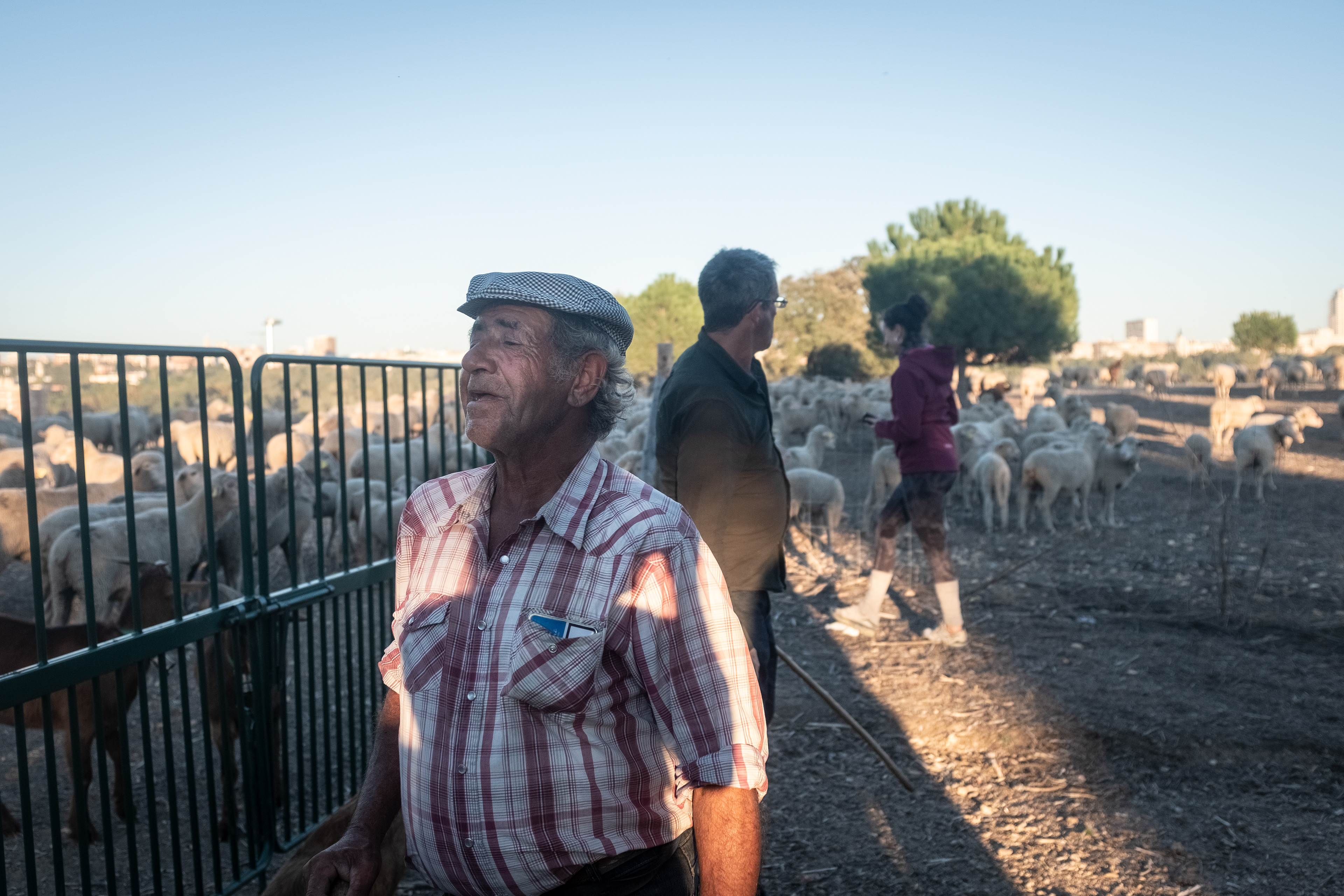
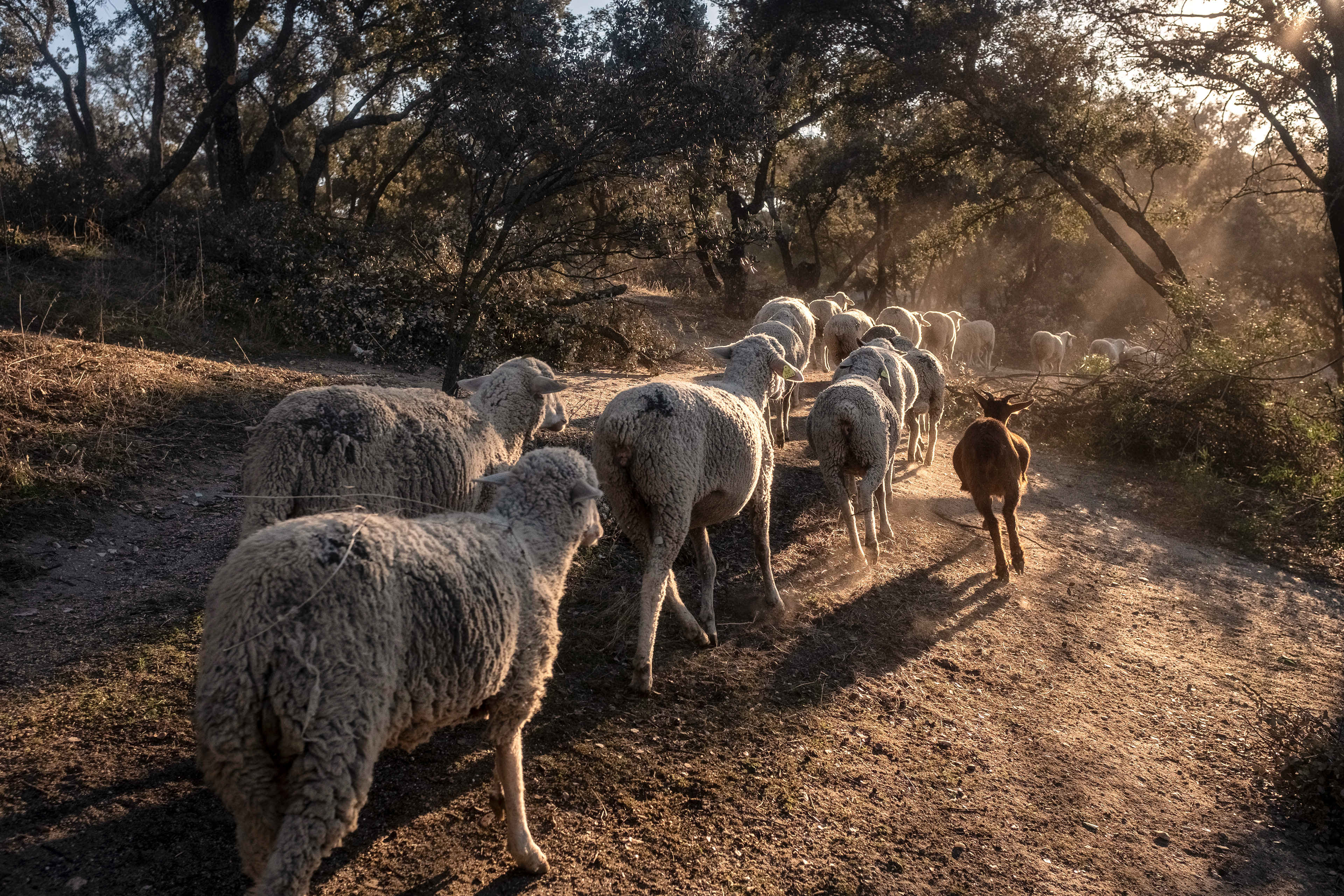
(EN) The herd led by one of the three mastiff dogs that accompanied the shepherds in their work. (ES) El rebaño guiado por uno de los tres perros mastines que acompañaban a los pastores en su trabajo.
(EN) When the sun began to set, it was time to lead the entire herd to the final resting place. Javi was guiding them. (ES) Cuando comenzó a ponerse el sol, es el momento de llevar a todo el rebaño hasta el lugar final de descanso. Javi iba guiándolos.
(EN) At the end of the day, with the herd sheltered and ready to rest, the three shepherds of the "Council of the Mesta and a couple of companions sit down to rest. (ES) Al final del día, con el rebaño resguardado y listo para descansar, los tres pastores del "Concejo de la Mesta y un par de acompañantes se sientas a descansar.